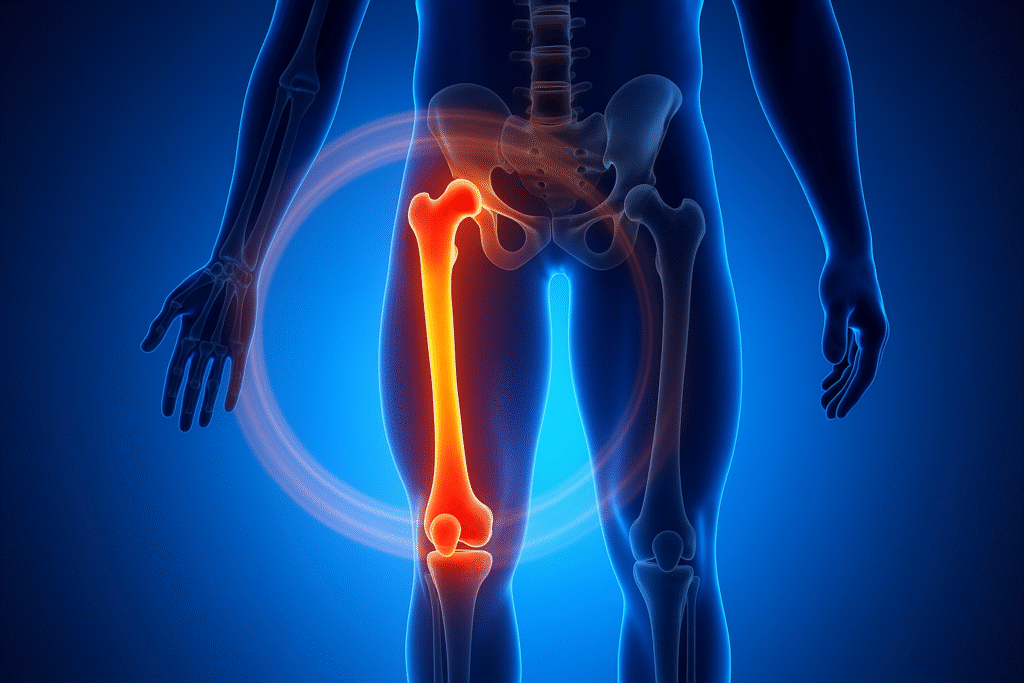PEMF Therapy Reduces Bone Loss During Limb Lengthening: Promising Insights from Clinical Research
Limb lengthening, a complex orthopedic procedure, often brings about unintended side effects like bone loss and reduced bone density. However, new evidence highlights the potential of Pulsed Electromagnetic Field (PEMF) therapy to mitigate these challenges. A study by Eyres et al. (1996), published in Bone, explored the impact of PEMF therapy on bone formation and loss during limb lengthening procedures — with compelling results.
The Clinical Problem: Bone Loss During Lengthening
Patients undergoing limb lengthening frequently experience bone density loss, particularly near osteotomy sites and in regions subjected to mechanical distraction. While the lengthening itself is essential for correcting deformities or addressing growth disparities, the accompanying bone resorption can hinder recovery and long-term outcomes.
Study Highlights: How PEMF Makes a Difference
The study assessed multiple parameters to evaluate the role of PEMF:
-
Bone Mineral Density (BMD) Before Surgery: At baseline, BMD was similar between patients using active and inactive PEMF coils. A small, expected reduction (5–10%) in BMD was noted in the non-operated limb for all patients.
-
Bone Density During Distraction: While the bone formation rate in the distraction gap did not significantly differ between groups, both showed increasing BMD over time, suggesting that PEMF does not accelerate gap bridging directly.
-
Post-Surgery Bone Density Changes: From the third to twelfth month post-surgery, those receiving active PEMF therapy exhibited a modest but significant increase in bone density near the lengthening site. This was not observed in the control group.
-
Bone Loss Prevention: The most notable benefit of PEMF was in reducing bone loss distal to the lengthening site. Patients using inactive coils showed a progressive decline in BMD — as much as 46% at the tibia and 48% at the femur. In contrast, those using active PEMF coils had significantly less bone loss (13% and 45%, respectively). These results strongly support PEMF’s protective role.
How PEMF Was Applied
Participants were randomly assigned to use either active or placebo coils. These saddle-shaped coils were placed between fixation pins and used 4 hours daily during the distraction phase. The signal delivered 20 quasi-rectangular pulses at 15 Hz, mimicking therapeutic PEMF protocols. Importantly, neither patients nor clinicians knew which devices were active, ensuring unbiased outcomes.
Key Conclusion: PEMF Preserves Bone Integrity
Although PEMF did not accelerate new bone formation in the distraction zone, it significantly reduced bone loss in adjacent segments and enhanced bone density near surgical sites. These protective effects likely stem from PEMF’s influence on periosteal reactions and local bone metabolism, making it a valuable adjunct in orthopedic recovery protocols.
